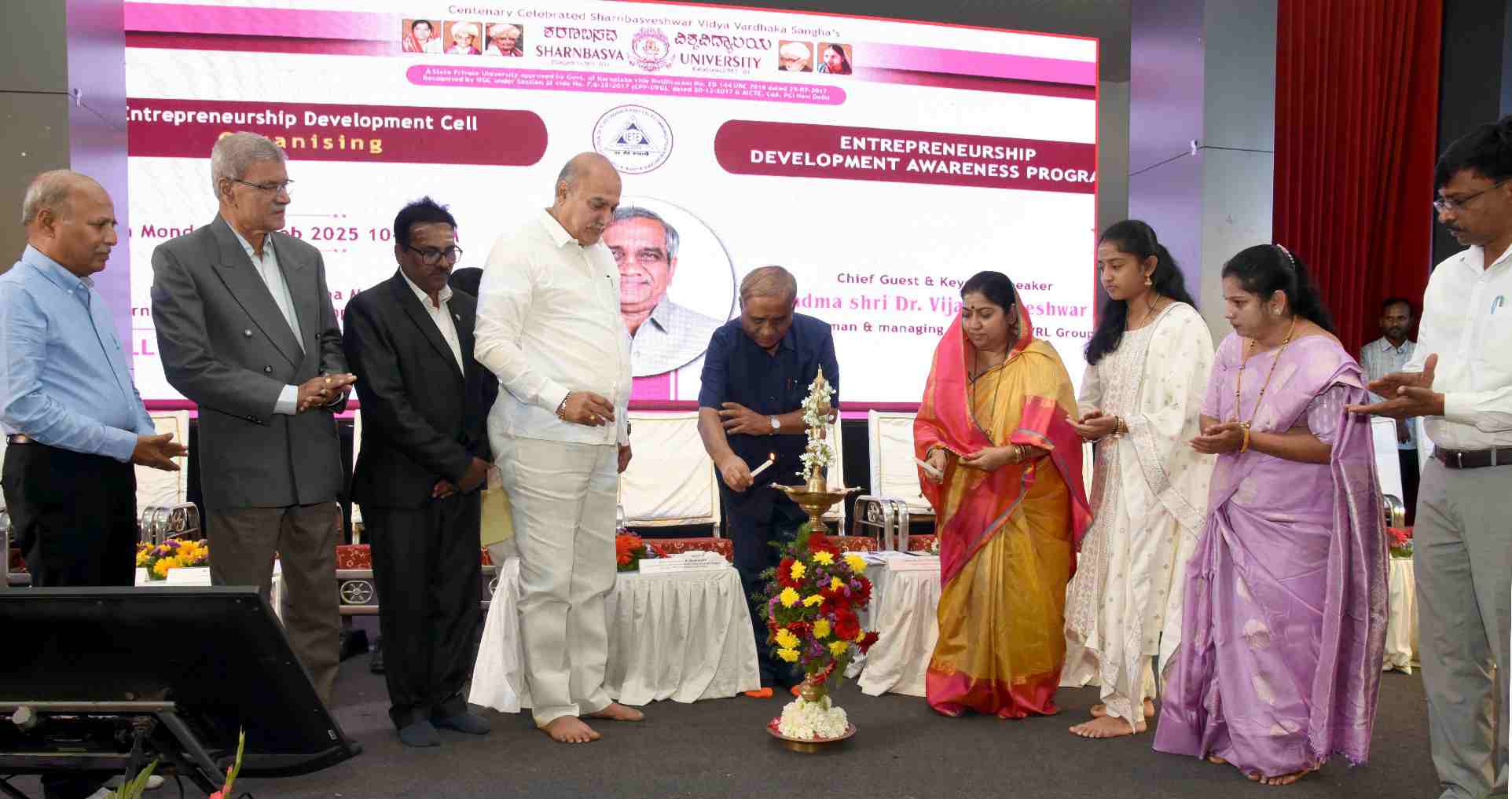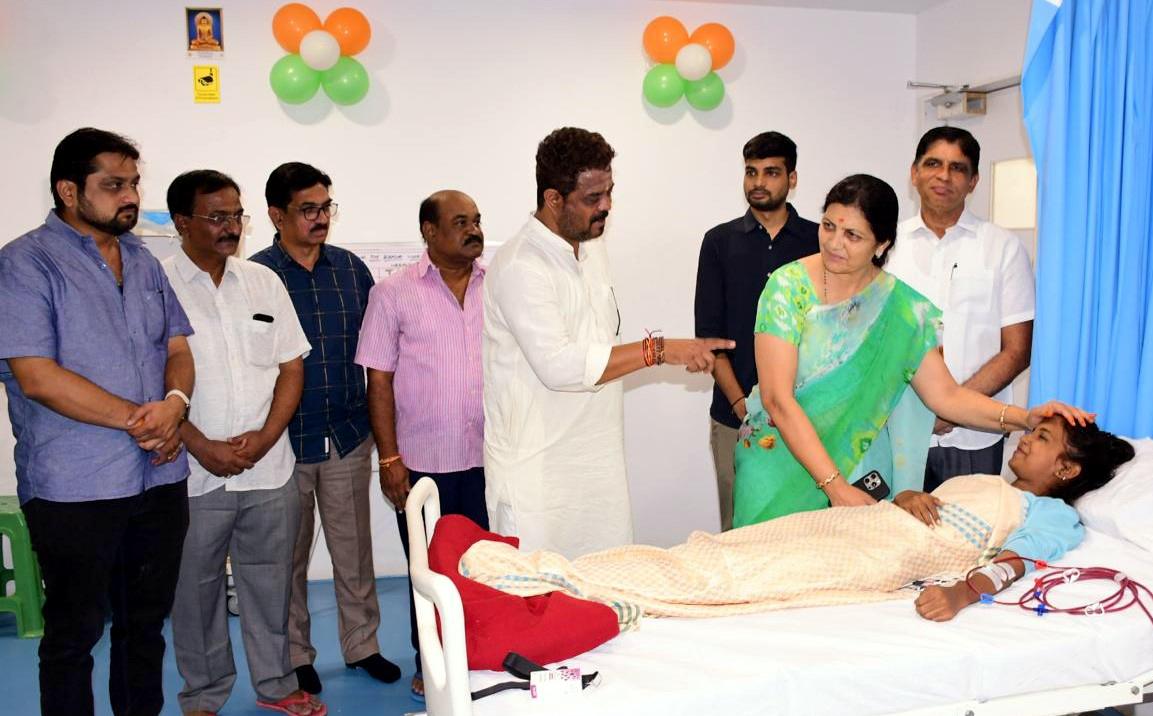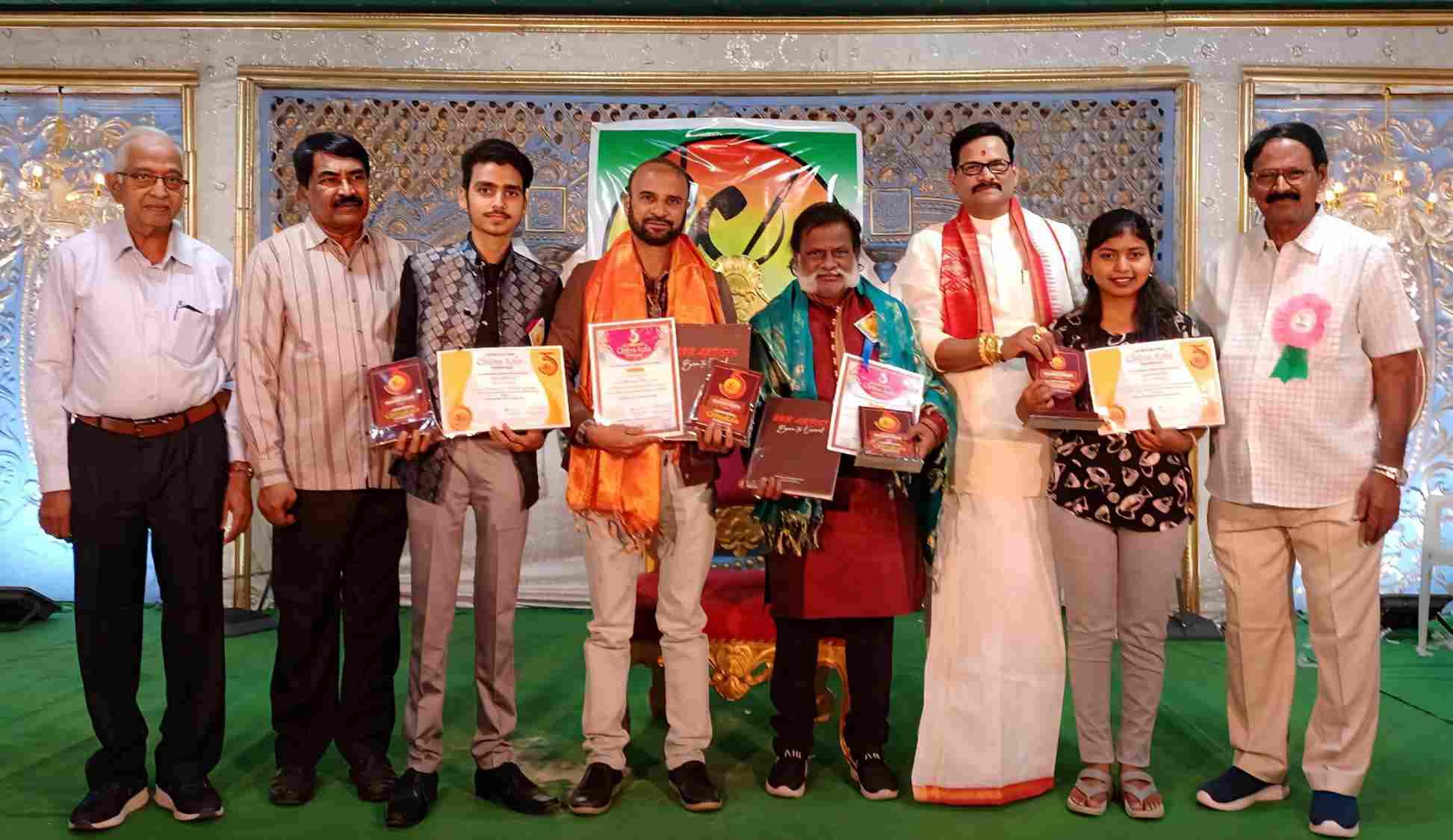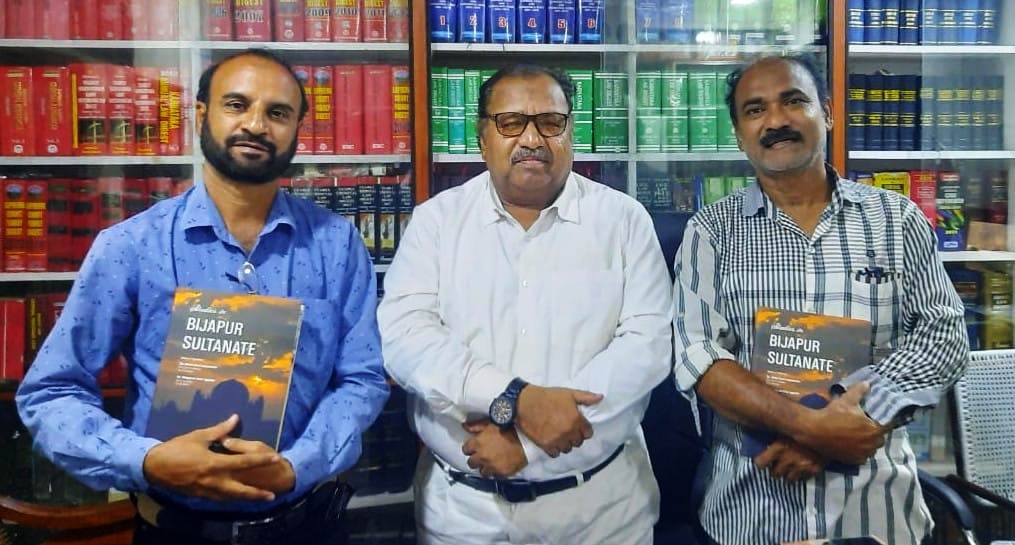Bijapur Sultanate: A fusion of cultural affairs
- Dr. Rehaman Patel
Contemporary historian and patron Maqsood Afzal Jagirdar brought a great book on the “Studies in Bijapur Sultanate”. By profession he is a lawyer having keen interest in protecting history and has a passion to bring past glory of Adil Shahi monuments. It’s a great contribution towards Bijapur history that he published this book under the banner of Afzal Khan Memorial Trust, Afzalpur in Gulbarga district.
A book consisting hard cover and jacket having all international quality which consists 591 pages script including colour plates. And it has 43 chapters on different issues. This work is dedicated to late Khursheed Afzal Jagirdar who was a prominent descendent of Afzal Khan Muhammadshahi, a great generalissimo of Adil Shahi dynasty.
Dr. Maqsood Afzal Jagirdar took help of Bijapur-based noted historian Dr. Abdul Gani Imaratwale to compile this book as editors. Dr. Imaratwale is a Prof. and Head, Dept of History & Archeology at the Anjuman Degree College, Bijapur. Whereas Gulbarga-based Dr. Jagirdar is a multifaceted personality, a former Judge and a present renowned advocate who earned a considerable name as a writer in English, Hindi, Kannada and Urdu. The duo made all efforts to win the hearts of history admirers.
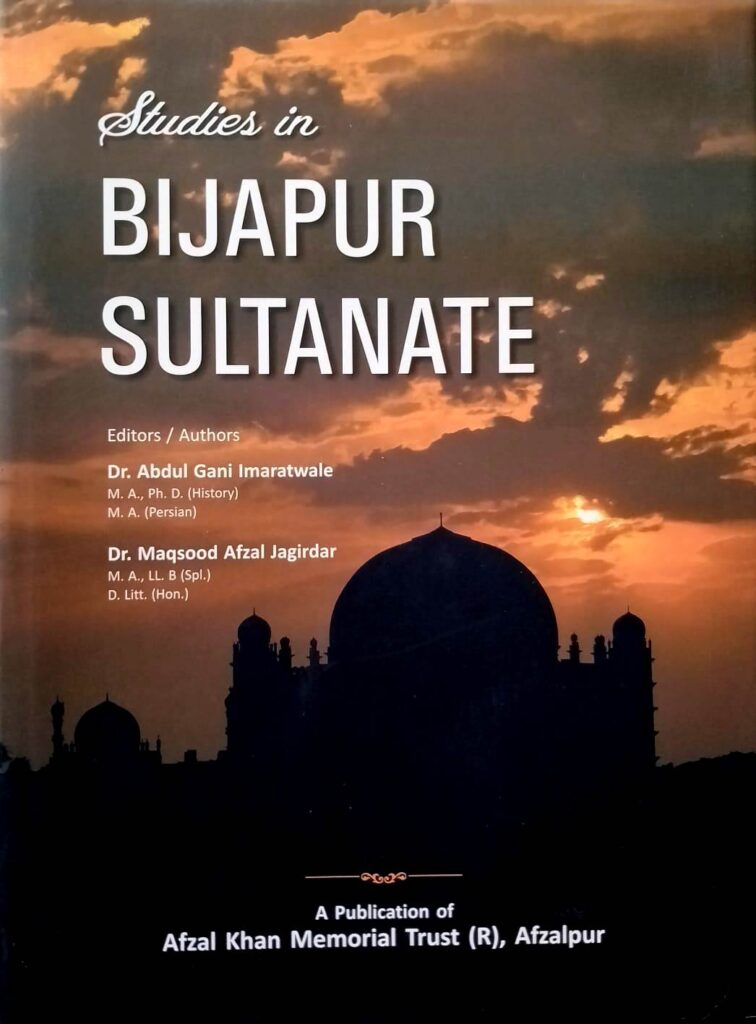
While sharing his words Dr. Jagirdar expressed his concern that, this work will be very helpful to the coming generation. He adds that writers in Deccan region regarding history are rare. Thus, I agreed to publish this material in the form of book which will help and benefit to the research scholars for their further work.
What’s in the book?
This book is divided into two parts. Part-1 contains the research articles of the then Seminar organized by the Anjuman Degree College, Vijaypur on June 7, 8 and 9, 1983. In addition, it has the research articles authored by Dr. Abdul Gani Imaratwale and Dr. Maqsood Afzal Jagirdar and others.
It was a historical seminar flooded with many noted scholars and presented their papers in Bijapur itself. One of the participating scholar said, ‘the Bijapur seminar was not just the history seminar but it was a historic seminar’. Seeing a big lot of the scholars, the deliberations, corps, Dr. P.M. Joshi could not keep himself quite, and said, “The scholars at this seminar should take note of it that Bijapur should be proposed for the next annual session of Indian History Congress”. The articles of renowned historians including Dr. G.H. Khare, Dr. D.C. Verma, Dr. A. Sundara, Dr. Vijaya Ramaswamy, Dr. Qaiyum Sadiq, Dr. A.S.M. Qadri, Dr. B. Muddachari and others research works has been edited and published here.
The Indian Council of Historical Research Deputy Director Dr. SK Aruni in its foreword writes that the various aspects of Bijapur Sultanate and the Medieval Deccan including development of literature, role of Sufi saints and their teachings, urbanity, architectural developments, epigraphy, calligraphy, the civil and hydraulic engineering and also the rise of Maratha under the Sultanate rule are discussed here. Also the papers in Part-1 and Part-2 are significant as they present new evidences of source and analytical study of political, social and cultural contributions of the erstwhile Bijapur Sultanate and its related regions. Apart from Imaratwale and Jagirdar the part two included the articles of Prof. Sayyed Wajid Peerzade, Riyaz Faroqui and Bibi Asma Inamdar.
The book starts from the report of the seminar on Medieval History of Bijapur and secondly summaries of some papers. And continued with Adil Shahi Farmans, Bijapur-Vijaynagar and Bijapur-Mysore relations, Development of Music, Dance, Dakhani literature during the period of Adil Shahis, Impact of the Adil Shahi architectural style on the temple architecture, and many others including role of Sufi saints’ spirituality and social reforms. And also it includes the chapters of social and religious conditions of Deccan, the Bahmani and Adil Shahi architecture with particular reference to monuments of Gulbarga, a survey of literary contribution of some princely states of India with special reference to State of Hyderabad, Fish motif in Bijapur Art, and so on. Each article has a good elaboration. The most importantly, index of names and place is added to find the source which takes us direct to the page what we want to study.
Lastly, about 48 beautiful colour plates are added with portrait paintings of Kings, Sufis, and monuments. Here you can see the portrait of Syed Muhammad Husaini Gesudaraz, Alauddin Ansari Ladle Mashayekh, Hashim Peer, Ibrahim Adil Shah-II, Sultan Muhammad with Habshi noble, Ibrahim Rauza, Palace of Jahan Begam, Barakaman, Gagan Mahal, Gol Gumbaz, Great Jami Masjid, Tikota and Yadrami monuments, Chand Bowli, Afzal Khan’s mosque in Afzalpur, Asar Mahal, Persian Epigraphs, Inscriptions, Torgal fort, Bathing tower in Kumatgi, Naldurg dam, Aliabad resort, Tomb of Ainul Mulk-II in Kembhavi and many more.
This book will definitely become a source of historical authenticity in future. As the publisher invested huge amount to maintain the quality of the book, hope it will survive in the world of history forever.
All seen and read. What is next? Dr. Maqsood Afzal Jagirdar says that, this is not the end. Now I am working on the life of Afzal Khan, the great commander of Adil Shahi dynasty. Almost the work is ready, giving final touch. And the same will be published by the Afzal Khan Memorial Trust. I and my colleague artist Mohammed Ayazuddin Patel honoured with a gift of this book. Thanks to Jagirdar Sab for sparing time and conversation.
Writer is an Artist & Art Historian also teach in Gulbarga University

